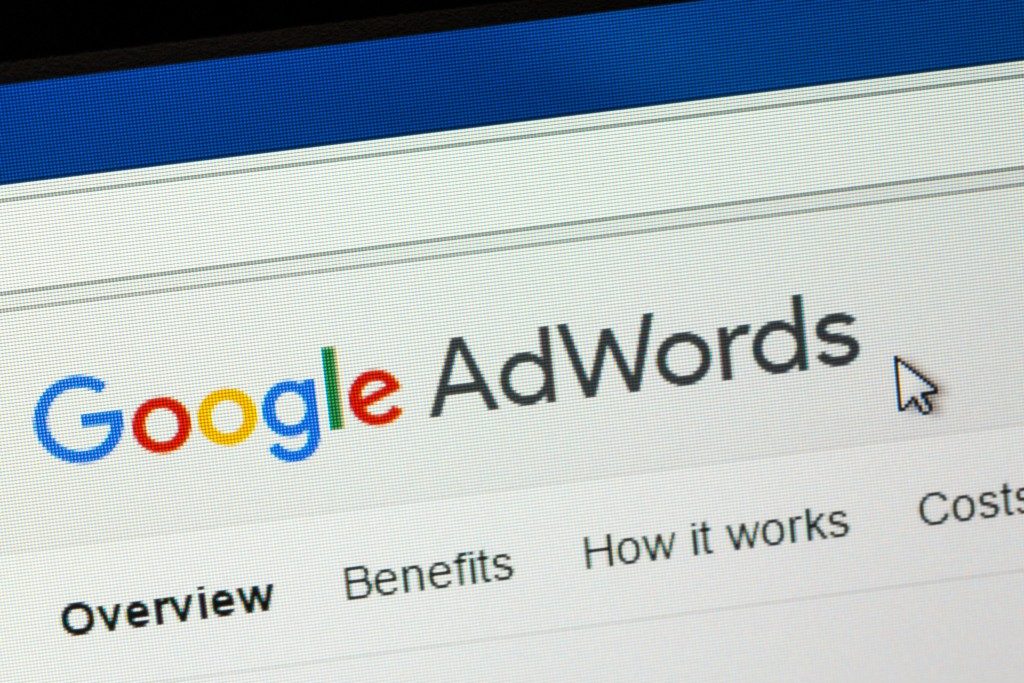They say don’t judge a book by its cover. But admit it, when was the last time you actually bought a book with a bland, monotonous cover?
A strong cover design is eye-catching as it is expressive of the book’s central themes. Here are some book cover design tips that will help land you a spot on the bestseller lists.
Front Cover
A well-designed cover should instantly draw readers towards your book. It should give readers a glimpse of what awaits them without revealing major plot details.
Pay attention to these elements:
Typography
Typefaces help you set the tone and theme of your book. For book titles, aim for larger and bolder fonts (serif or sans serif) like Minion Pro, Helvetica Neue, Chunk Five, and League Gothic. Always make sure the title is legible even from a distance.
Cover Art
There are two main types of cover art:
Stock image
Providers like Shutterstock, iStock and Getty supply thousands of images licensed for specific uses. Two main advantages of using stock photos are time and cost. Since they’re ready-made, book designers can easily incorporate them into the layout as opposed to illustrating from scratch or scheduling their own photoshoot. You can also save more since these images come at relatively cheap rates.
Illustration
Illustrated covers let you create a style that is distinctly yours. If stock images carry universal subject, illustrations are more specific to the text. Compelling illustrations can take the form of images, symbols, and logos. Consider the Harry Potter series, for example. Its highly distinct cover art gave the book a brand of its own.
When it comes to front covers, the rule of thumb is to have one photo or graphic image in the center or balanced with the title. Most designers place the image in a thinly bordered rectangle for a clean look. Make sure your image doesn’t overwhelm the typography and vice versa.
Spine

Spines are often overlooked during the design process but remember, it’s the most exposed part of your book when displayed on a shelf. Similar to front cover titles, use bold and block typefaces on your spine. If you have a short title, center it vertically. The key is to make the spine look striking enough to get the reader to pick it up.
Back Cover
The role of the back cover is to provide details that would give readers more reason to buy the book. It includes a brief synopsis (1-2 short paragraphs), 1-3 reviews to help build your book’s credibility, and a concise author’s bio (2-3 sentences). Common typeface for back cover text is normally 11 or 12 pt. Remember to be intriguing, but not too wordy as this can bore the readers.
Whether you’re in the process of writing an illustrated children’s book or self-publishing a poetry manuscript, paying close attention to the design stage can make your work stand out. More than drawing attention, a beautiful book cover engages readers in a deeper, emotional level. One that compels them to grab a copy for their own shelves.


